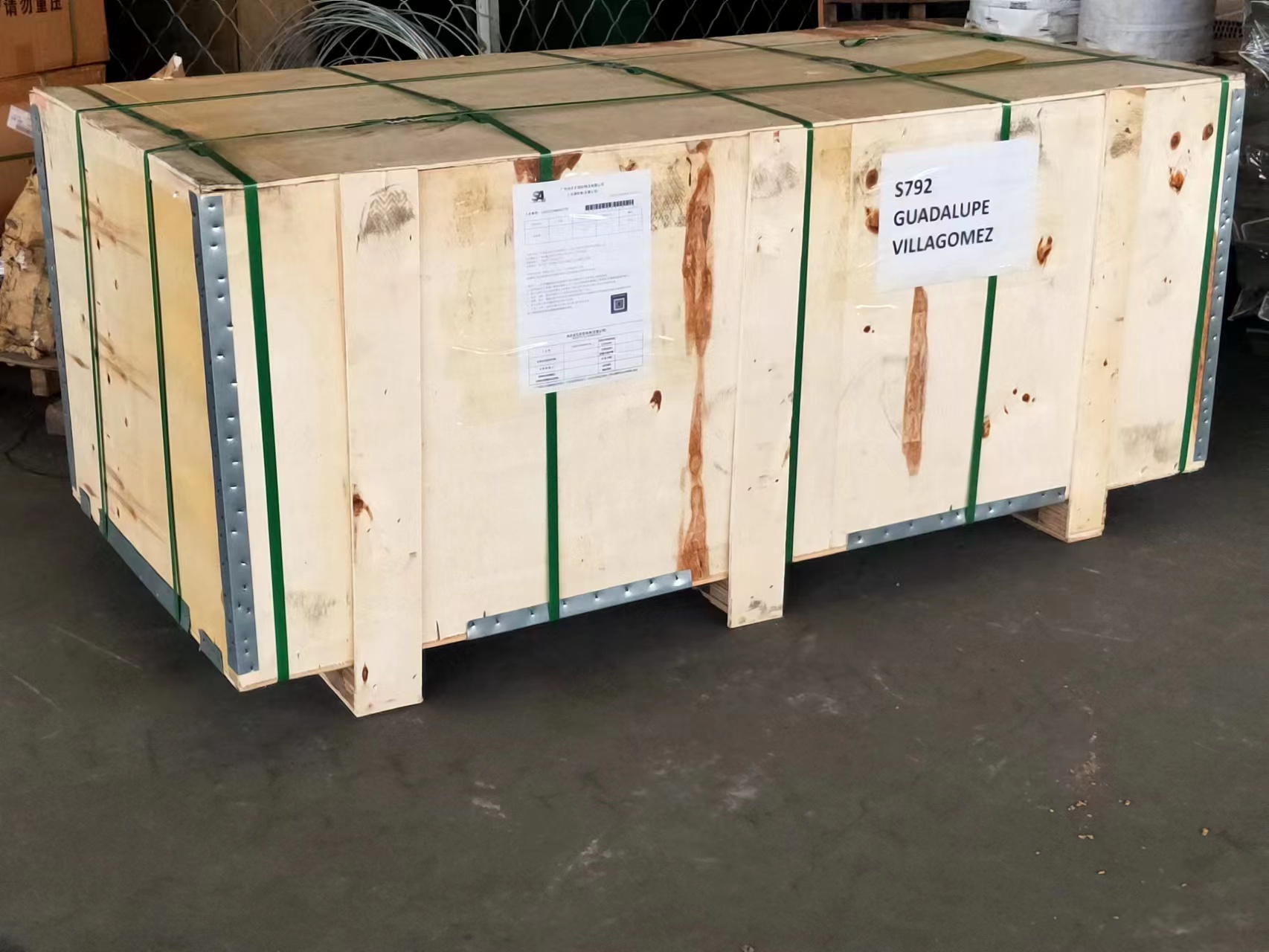FRP Centrifugal Fan Applications and Benefits in Industrial Settings
Nov . 10, 2024 09:14 Back to list
FRP Centrifugal Fan Applications and Benefits in Industrial Settings
Understanding FRP Centrifugal Fans A Comprehensive Overview
In various industrial applications, the need for effective ventilation and air circulation has led to the widespread use of centrifugal fans. Among the different types of fans available, fiberglass-reinforced plastic (FRP) centrifugal fans have gained significant popularity due to their unique properties and benefits. This article delves into the characteristics, advantages, and applications of FRP centrifugal fans, providing insights into why they are a preferred choice for many industries.
What are FRP Centrifugal Fans?
FRP centrifugal fans are specialized ventilators engineered using fiberglass-reinforced plastic materials. This composite material combines the strength and durability of fiberglass with the lightweight properties of plastic, resulting in fans that are not only robust but also highly resistant to corrosion and chemical damage. The centrifugal design allows these fans to effectively move air or gas by converting rotational kinetic energy into pressure.
Key Features of FRP Centrifugal Fans
1. Corrosion Resistance One of the standout features of FRP centrifugal fans is their exceptional resistance to corrosive environments. They are ideal for industries where they are exposed to harsh chemicals, moisture, and other environmental factors that could lead to degradation in traditional metal fans.
2. Lightweight Construction The lightweight nature of FRP allows for easier installation and reduced structural support requirements. This can significantly lower the overall cost associated with mounting and maintaining ventilation systems.
3. Durability FRP fans have a long service life due to their resistance to wear and tear. They can withstand extreme temperatures and variations in humidity, making them suitable for diverse operating conditions.
4. Energy Efficiency Modern FRP centrifugal fans are designed to be energy-efficient, helping industries to reduce their energy consumption while maintaining optimal airflow.
5. Low Maintenance The non-corrosive nature of FRP results in lower maintenance requirements over the life of the fan. This allows industries to save on both labor and material costs associated with repairs and replacements.
frp centrifugal fan

Applications of FRP Centrifugal Fans
FRP centrifugal fans are utilized across various sectors due to their versatility and reliability. Some of the key applications include
- Chemical Manufacturing In environments where toxic or corrosive gases are present, FRP fans ensure safe and efficient ventilation, protecting both workers and equipment.
- Wastewater Treatment The durability of FRP fans makes them suitable for sewage and wastewater treatment facilities where exposure to moisture and chemicals is constant.
- Food Processing In the food industry, maintaining hygiene is critical. FRP fans are often used for ventilation in environments where metal fans may rust or corrode, ensuring a safer product and workplace.
- Pharmaceuticals The pharmaceutical sector often requires precise air control and cleanliness. FRP fans meet these standards while providing reliable performance over time.
- Mining and Resources Mining operations frequently involve humid and chemically aggressive environments. FRP fans are used to ensure proper airflow, enhancing operational safety and efficiency.
Conclusion
In summary, FRP centrifugal fans represent a significant advancement in industrial ventilation technology. Their unique characteristics—such as corrosion resistance, lightweight construction, and low maintenance requirements—make them ideal solutions for a variety of challenging environments. Industries ranging from chemical manufacturing to food processing can benefit from their efficient and durable performance. As the demand for reliable air movement solutions continues to grow, FRP centrifugal fans stand out as a smart choice for ensuring optimal ventilation and safety in various applications.
-
Automatic Feeding Line System - Anping County Yize Metal Products Co., Ltd.|Pan Feeder Nipple Drinker,Broiler Farming
NewsJul.30,2025
-
Automatic Feeding Line System Pan Feeder Nipple Drinker-Anping County Yize Metal Products Co., Ltd.
NewsJul.30,2025
-
Automatic Feeding Line System-Anping County Yize Metal Products Co., Ltd.|Durable Construction&Easy Maintenance
NewsJul.30,2025
-
Automatic Feeding Line System-Anping County Yize Metal Products Co., Ltd.|Pan Feeder Nipple Drinker&Durable Poultry Farming Solution
NewsJul.30,2025
-
Automatic Feeding Line System Pan Feeder Nipple Drinker|Anping County Yize Metal Products Co., Ltd.
NewsJul.29,2025
-
Automatic Feeding Line System-Pan Feeder Nipple Drinker|Anping County Yize Metal Products Co., Ltd.
NewsJul.29,2025






